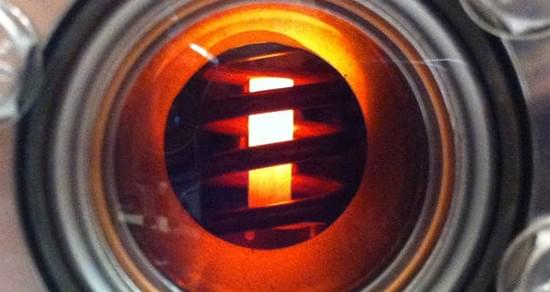Our monthly livestream Q&A session. Join us on January 29, 2023, at 4pm EST, Sunday, and get your questions about the channel and episodes on chat to be answered!
Support the stream: https://streamlabs.com/isaacarthur.
Catch the audio-only show on Soundcloud: https://soundcloud.com/isaac-arthur-148927746
Visit our Website: https://www.isaacarthur.net.
SFIA Discord Server: https://discord.gg/53GAShE
Support us on Patreon: https://www.patreon.com/IsaacArthur.
Facebook Group: https://www.facebook.com/groups/1583992725237264/
Reddit: https://www.reddit.com/r/IsaacArthur/
Twitter: https://twitter.com/Isaac_A_Arthur on Twitter and RT our future content.
Music Courtesy of Epidemic Sound http://epidemicsound.com/creator









